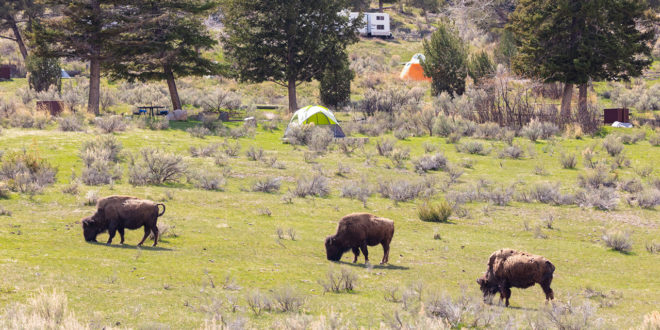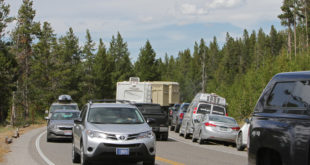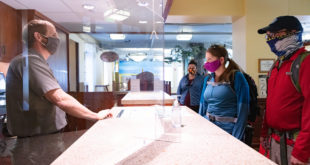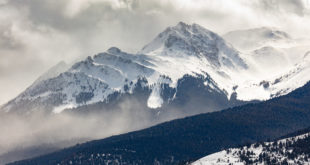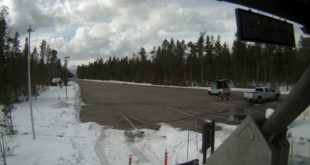The Yellowstone economic impact on the local economy was $647.1 million in 2018, supporting 7,089 jobs, according to a new report issued by the National Park Service.
All in all, 4.1 million visitors to Yellowstone in 2018 spent $512.6 million in communities near the park. That led to the cumulative Yellowstone economic impact of $647.1 million.
“These numbers once again show the enormous positive impacts our national parks have on our local economies,” said Yellowstone National Park Superintendent Cam Sholly. “Our national parks are one of the very best tax payer investments in this country. For many reasons, well beyond economics, it’s essential that we invest aggressively to protect these incredible places in the future.”
The peer-reviewed visitor spending analysis was conducted by economists Catherine Cullinane Thomas and Egan Cornachione of the U.S. Geological Survey and Lynne Koontz of the National Park Service. The report shows $20.2 billion of direct spending by more than 318 million park visitors in communities within 60 miles of a national park. This spending supported 329,000 jobs nationally; 268,000 of those jobs are found in these gateway communities. The cumulative benefit to the U.S. economy was $40.1 billion.
Lodging expenses account for the largest share of visitor spending, about $6.8 billion in 2018. Food expenses are the second largest spending area and visitors spent $4 billion in restaurants and bars and another $1.4 billion at grocery and convenience stores.
Visitor spending on lodging supported more than 58,000 jobs and more than 61,000 jobs in restaurants. Visitor spending in the recreation industries supported more than 28,000 jobs and spending in retail supported more than 20,000 jobs.
Report authors also produce an interactive tool that enable users to explore visitor spending, jobs, labor income, value added, and output effects by sector for national, state, and local economies. Users can also view year-by-year trend data. The interactive tool and report are available at the NPS Social Science Program webpage.
Photo by Jacob W. Frank, National Park Service.
 Yellowstone Insider Your Complete Guide to America's First National Park
Yellowstone Insider Your Complete Guide to America's First National Park
